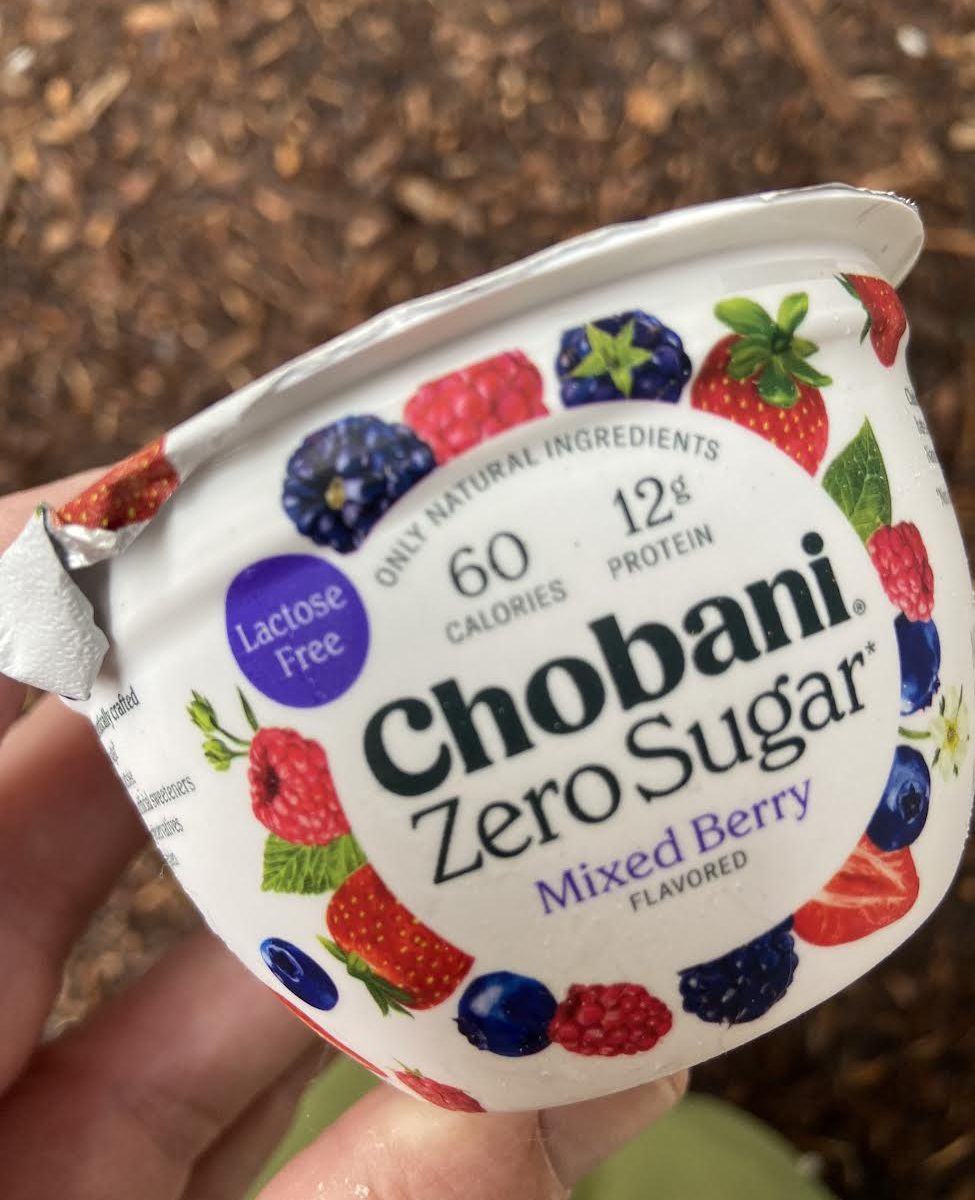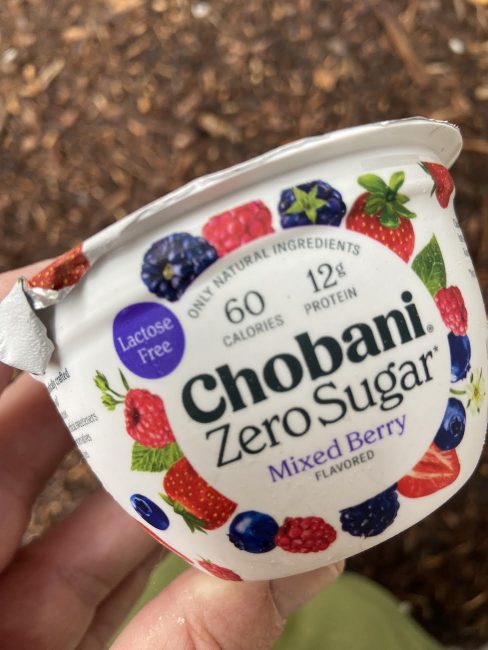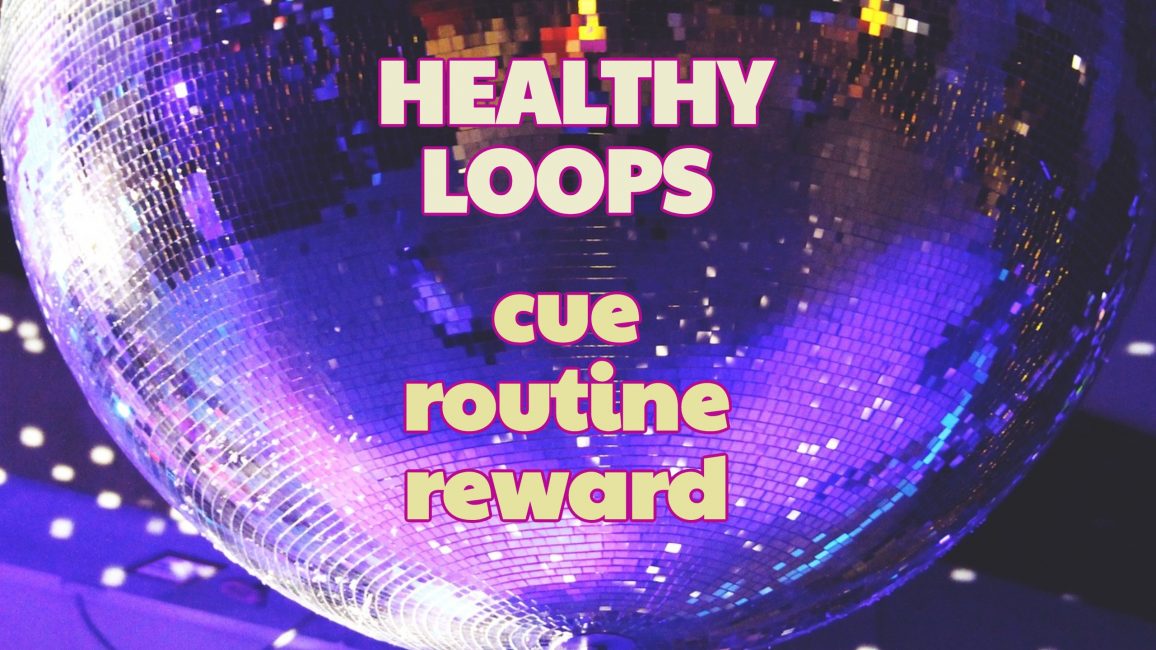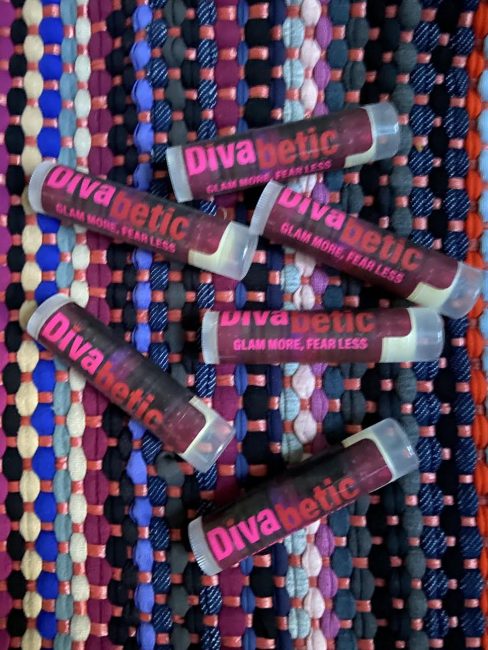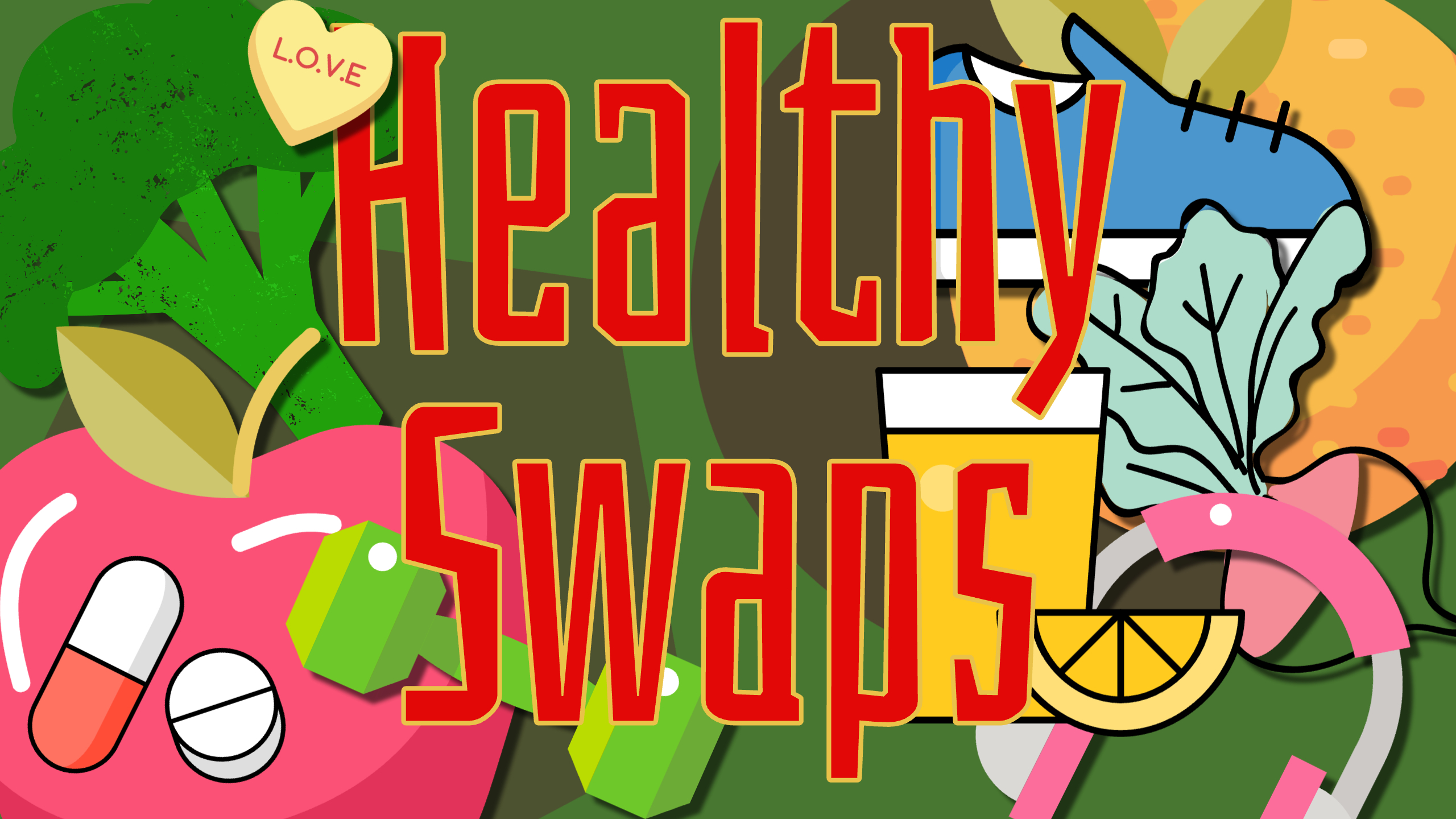Changing our diet or mindset can feel like a daunting task, especially when it seems like others are breezing through the process. For our free upcoming Divabetic outreach on Saturday, November 8, 2025, in Philadelphia, let’s engage in an activity, Plate Poetry, that fosters open discussion and support.
In the comments, think about something you’re considering taking off your plate—maybe a beloved snack, negative thought or an indulgence. For example, imagine what your life and health would be like if you removed ‘SHAME’ from your diagnosis. Being diagnosised iwth diabetes is not your fault and blaming yourself can hinder you from seeking help and improving your well-being.
Share something you’d like to put on your plate, perhaps a healthier alternative, positive mindset or activity that excites you.
For example, a friend of mine, Manny, faced the challenging decision to eliminate gluten from his diet due to celiac disease. While the availability of gluten-free options has grown, it still requires significant adjustment, especially for someone who enjoys Italian cuisine. It’s certainly possible to embrace this change, but it’s important to recognize the difficulties that come with it.
Manny chose to put the word, ‘TRY’ on his plate. His first goal was to switch from eating rye bread to quinoa and oats. Experts agree that it takes three months or more of fully eliminating gluten from your diet for your body and immune system to respond.
I often recall the valuable insight from a Registered Dietitian who emphasized, “I focus on telling people what to put on their plate, not what to take off.” This perspective encourages us to view dietary changes as opportunities rather than restrictions.
Philadelphia’s beloved WDAS Radio personality, Patty Jackson, is a true inspiration! After surviving a stroke, she shared that she wasn’t drinking enough water or listening to her body before it happened.
Fast forward nine years, and Patty is staying hydrated and thriving as she continues to bring joy to her audience behind the microphone and camera. It’s heartwarming to see her enjoying life and spreading positivity!










